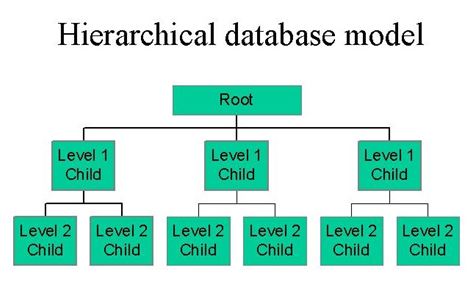Home »
DBMS
Hierarchical Database Model Integrity Constraints in DBMS
In this tutorial, we will learn about the Hierarchical database model integrity constraints in DBMS.
By Anushree Goswami Last updated : May 26, 2023
Hierarchical Database Model
In the database management system, a Hierarchical database model is a data model in which data are organized in a way of tree-like structure. The data in the database are stored in the form of records and are further connected through links to each other.

Hierarchical Database Model Integrity Constraints
Whenever we talk about Hierarchical schema, a number of built-in inherent constraints exist in Hierarchical database model. Following are the given constraints:
-
In the hierarchical data model, except the root records, no other record occurrences exist unless it is being related to a parent record occurrence. This has the following implications:
- No child record can be inserted unless it is linked to a parent record.
- One can easily delete child record independently from the model but if the parent record is deleted, then the child record will get deleted automatically and descendent records.
- Above rules do not apply to the virtual child records and virtual parent records.
- The child record must be duplicated once under every parent record if a child record has two or more parent records from the same record type.
- The above task can be performed by a child record having two or more parent records of different record types among which at most one parent record should be real and the other all parent records are virtual parents. Information Management System (a database and transaction management system) limits the number of virtual parents to one.
- A record type can be the virtual parent in only one VPCR type in IMS. That means the number of virtual children records can only be one in per record type in IMS.
Advertisement
Advertisement